How Dead By Daylight proved analysts wrong and became one of the biggest games on Steam
Two years and four million copies later, Behaviour Digital talks about the growth of its asymmetrical horror smash hit.

Last month I visited Behaviour Interactive in Montreal for an early look at Deathgarden, an asymmetrical multiplayer game that builds on the ideas Behaviour struck gold with in Dead By Daylight. No one—not even the developers—expected Dead By Daylight to do this well. Since its release in 2016, the horror game of hide-n-seek, one powerful killer pitted against a group of weak survivors, has sold more than four million copies.
I talked with game director Mathieu Côté about Dead By Daylight's growth, developing a game alongside a passionate community, the challenges of asymmetrical multiplayer, loot boxes, and more.
Wes Fenlon, PC Gamer: I pictured the Dead By Daylight team moved on to the next game and you had a small group maintaining it. But the team has actually grown.
Mathieu Côté: We had planned for a team that launches a game and we maintain it so people are happy, and some people are going to go work on something else. That did not happen. We had a few firms estimate how many sales we were going to do, and we were told something like 400,000 lifetime units sold. We said, 'you know what, if we do that, we can pat ourselves on the back.' That was the first two weeks, I think. It really took off fast.
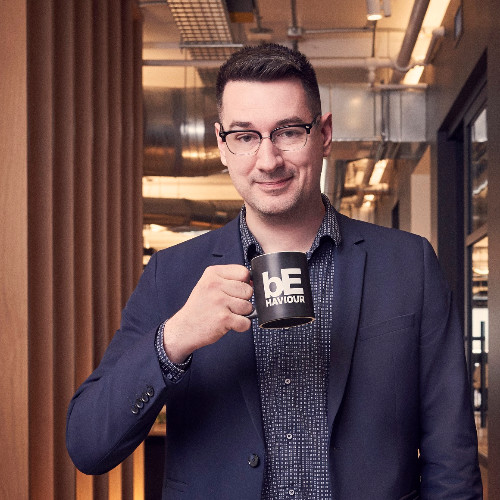
Game director Mathieu Côté, via Linkedin.
It was mostly due to the fact that [streamers] quickly discovered it makes for a great show. Viewership of streamers and Youtubers who would showcase themselves playing and mostly reacting to Dead By Daylight made for a great show and the viewership picked up and people enjoyed watching it, and it grew from that. We were also very very close to the community and influencers. Because we were so small—it was me and the programmer next to me, it was us talking to them—I think that set the tone for us as a publisher and developer. There was an openness and dialogue there that was really well received, and it lead to what we have now.
We just grew and grew the team. One person from the team, Ash Pannell, the creative director, left to start a new project [Deathgarden]. The rest of the team stayed and essentially just grew. So the lead designer on Dead By Daylight became the creative director, and we grew the design team around him, and that's what we have today. We went from about 30 people to about 100, now.
Every day, now, we look at it, and there's more people playing Dead By Daylight at any given moment than there ever was in its history. It just keeps growing. We have some good peaks, but the plateau, the average of players every day, is getting higher, especially since the anniversary.
The biggest gaming news, reviews and hardware deals
Keep up to date with the most important stories and the best deals, as picked by the PC Gamer team.
The anniversary this year in June, we released Dead By Daylight 2.0, which was a lot of big changes to the infrastructure of the game and the way the game works, and also a new chapter and store where you can buy cosmetics. That's it, it's just cosmetics. We didn't want to have pay-to-win. We've famously done pay-to-lose a few times. You can buy some really funky outfits. The first one we ever did was the 80s suitcase so it's full of neon, really shiny colors. Very bad in Dead By Daylight.
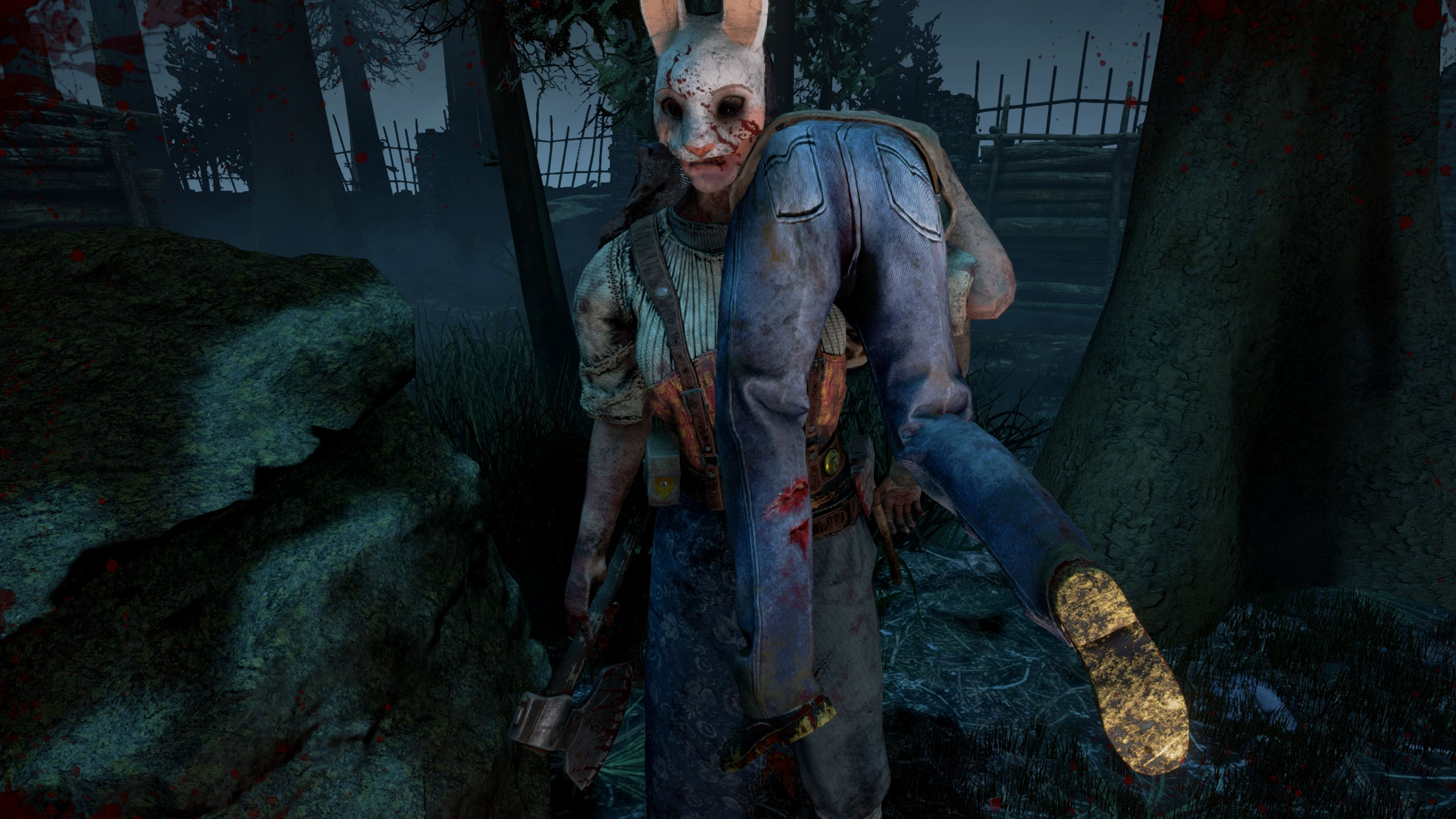
Then the really good players can flaunt it.
It's bragging rights, exactly that. If you can run around the map with the rainbow colored jacket and still make it out alive, that's fine. You can pay for that right. I think we've created a fiction, a lore, a story and some characters that people want to hear more about, so for us it was a great opportunity to tell more of that story by creating costumes.
After your big 2.0 update, what's the plan now?
Every day, now, we look at it, and there's more people playing Dead By Daylight at any given moment than there ever was in its history. It just keeps growing.
Mathieu Côté
That's one of the big things we did at that time: we published our timeline, the plan forward, which we'd never done in the past. We're going to do a chapter every three months and then in the six weeks in the middle we're going to release a big mid-chapter patch with bugfixes, balancing, and we made it very public. It was our way to tell people that this game is alive, we're still working on it, we're committed, and that they are going to get all of that content in the coming months.
I think that was well received, because a lot of our fans feel that they are part of this. Our creative director did a talk at GDC last year, and one of the points he was making is that making a game is a labor of love, it's passion, you put everything you have in there, and then once it's out, you have to sort of accept that it's not just yours anymore. It's not just our game.
The people that spend 6000 hours playing the game, the people that play and comment and make wiki pages and and cosplay, these people sort of have a stake in it. It's as much theirs as it's ours. When we published our timeline and showed commitment, people really got in on that and the conversation kept going from there. It was really good. So now we've done our first chapter since then.
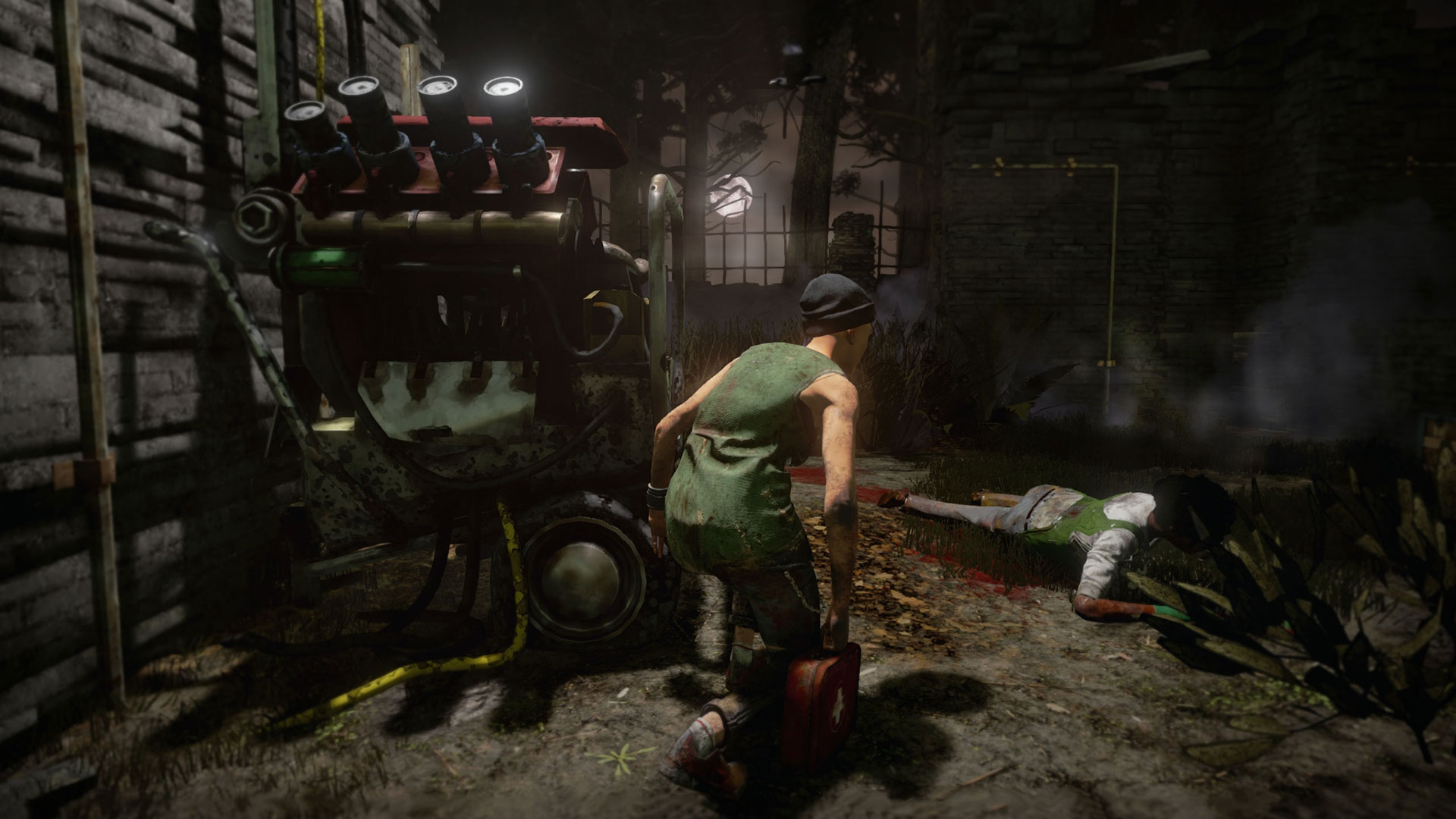
The image that we have internally here is that essentially we built one of those cuckoo little biplanes, and we're trying to turn it onto a spaceship as it's flying. We're replacing the motor, and then changing the wing shape, but we can never stop because people are playing day in and day out.
Improvements to the infrastructure and backend, all of these things are super stressful when we flip the switch and go 'nothing exploded? We're good? Okay, good.' and then we keep going. Or we have a little hiccup and people can't play for five hours and it's the end of the world, and we have to remember it's good that it's the end of the world that they can't play for five hours, because they want to.
I know it can be tough trying to balance your vision for the game with thousands of very vocal fans. Tell me about feedback you got that was very good and you said 'You're right, X ability is totally overpowered,' versus something that people are yelling about that you have to stick to your guns and go 'I think you're wrong, even though you've played a lot.'
It's more a matter of timing. We learned our lessons on how fast we can react to comments, especially when we make a change or release a new killer. That's usually the big thing. We release a new killer and within five minutes, there's going to be a bunch of all-caps threads saying 'this killer is unplayable, it's garbage, you can't win with it' and then there's another one right underneath saying 'this killer is OP, there's no way to survive.' When we create these things we need to make them different enough and new enough that it forces people to relearn strategies that work in that context.
The idea from the very beginning of Dead By Daylight was that when you go into a match you're not exactly sure what you're going to face, what power they're going to bring and loadout they're going to have, and it brings an uncertainty that keeps the stress level true. We kept saying, we don't want a meter to tell you you're scared now. We want you to be stressed while you're playing and scream in surprise that something happened you didn't expect.
So it forced us to bring in those brand new game-breaking mechanics and new killers that do things that make all of your previous tactics and strategies invalid. We did that when we released Freddy Krueger. We released Freddy and within two days we patched it. We were like, 'okay, you're right, completely unbalanced, we're making changes.' That was a too-fast reaction.
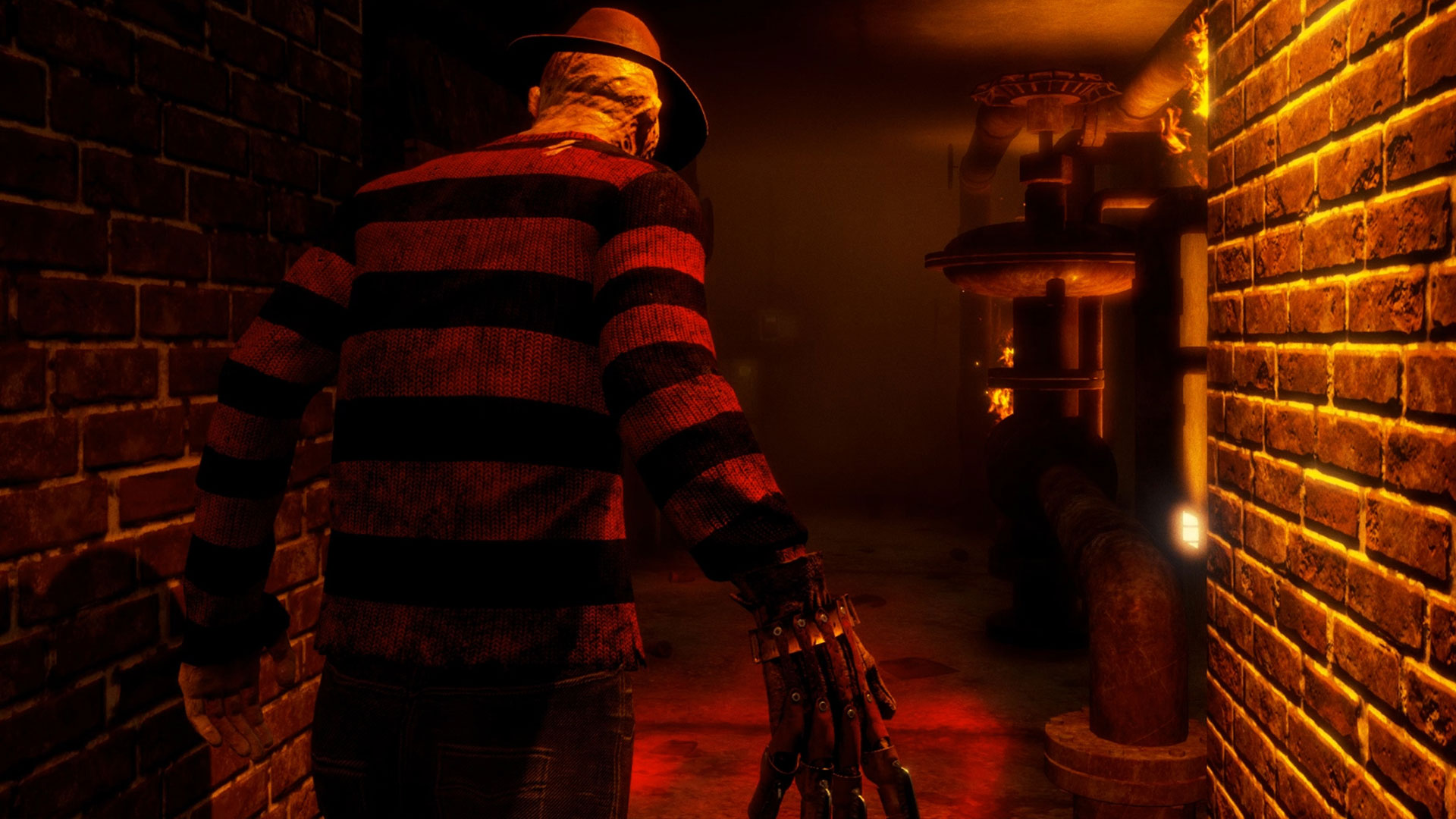
It was a knee-jerk reaction, and we learned from that. Whether our changes were good or bad, it doesn't even matter so much, because two days is not enough for people to test this and know if they like it or not. It's just an intense reaction: "I faced a killer I don't understand right now and it scares me and it frustrates me. I like playing a certain way and now I can't do that anymore.'
Now when we do that, internally we say, we're not going to do anything about balance for a week or two at least. We'll fix glaring bugs and issues, obviously. But anything about 'he's a little too strong' or 'this perk is a little overpowered' we're just not reacting until at least two weeks later. It just makes more sense.
Are there any other games you've taken your cues from in how you handle continuous support, cosmetics, those kinds of systems for a living game?
I guess like any developer we do spend a lot of our time playing games. As far as ongoing games that are working very well, there are not that many examples out there. Rainbow Six: Siege, Warframe, King of the Kill for awhile there. PUBG and Fortnite are really big and have done things that work for them but wouldn't work for us.
Who knew Japanese players had PCs? Right now it's one of our biggest playerbases on PC.
Mathieu Côté
For us there were a few tenets we kept from the beginning. We didn't want to have pay-to-win. All the microtransactions, even the DLC: they're not stronger [abilities]. They're new powers, and people spend a lot of time arguing about the tiers of the killers and which ones are top-tier killers, but in the end it's mostly skill and preference. That's how we're trying to do it. It'd be easy to say 'if you want the killer where you'll kill everyone, just buy it, $12,' but that's never been our interest.
There's a longer life, a lot more success, by having people pay money because of commitment, because of enthusiasm, because they love the game. Removing any barriers of entry so more people can play and enjoy means there will be more people who feel compelled to show their colors and commitment, like buying a new jacket. That's how we see it. Also, it allows us to put out some crazy outfits. And if you don't want to buy it, you're not going to be penalized.
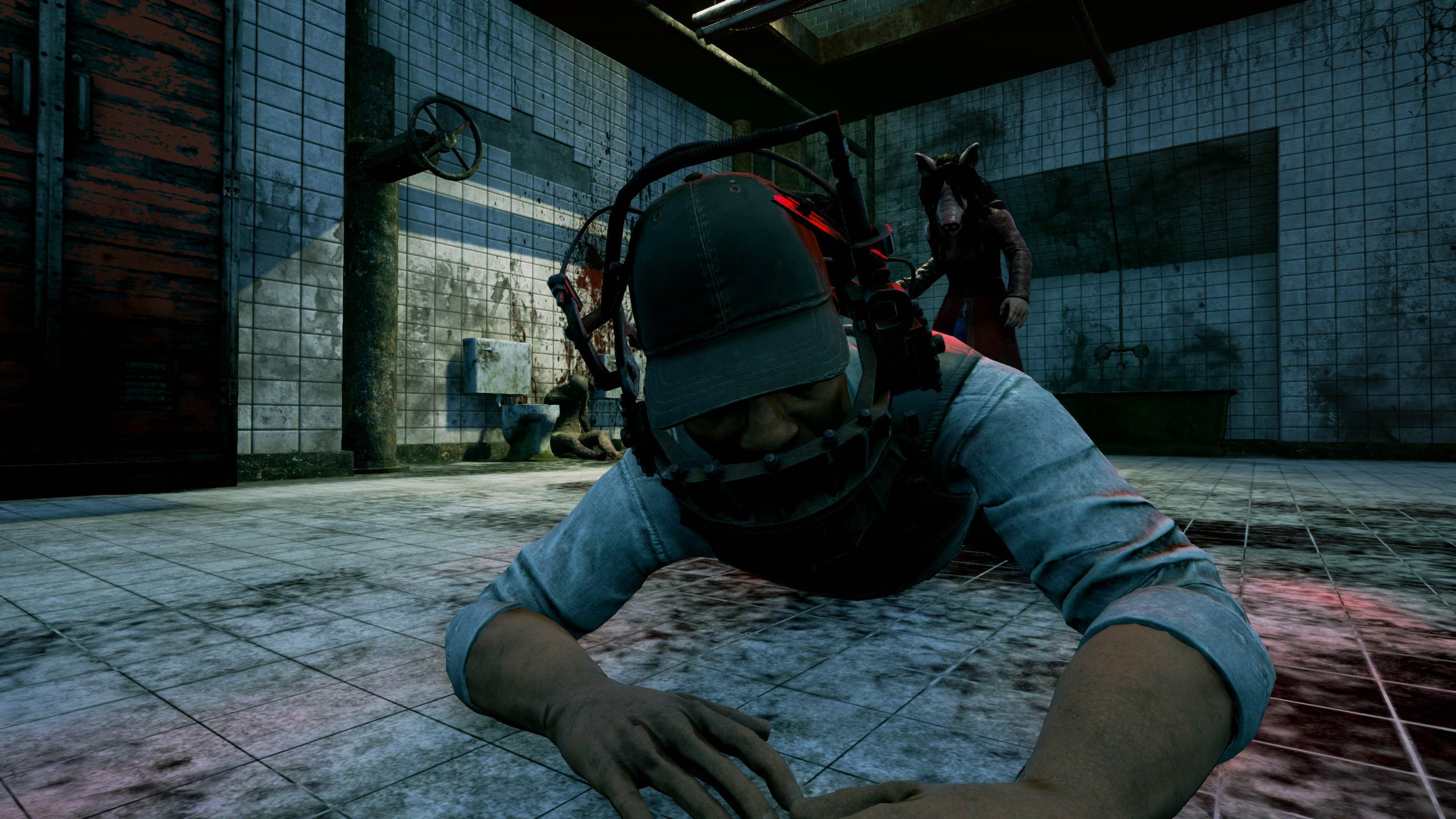
Wes: Buying cosmetics in the store is simply picking the one you want, right?
Yes. There was a lot of conversation about loot boxes, which is a dirty word, obviously. For us it feels more fair: if that's what you want, get that. I think about 80% [of the cosmetics] can be obtained by grinding. You can accumulate iridescent shards and get the outfits, that's it. All the unlicensed characters that are in DLC you can buy, now you can grind them in-game. It's many hours of playtime, but you can get all the characters, access to everything, and 80% of the cosmetics, by playtime.
There are a few we keep as exclusively [paid for with real] money. The licensed ones we don't have a choice, because that was the agreement. We're right now discussing with our licensors, hey, would you be interested in if we changed the model? But those conversations take awhile, and we'd need to be able to show them that this would be beneficial. Some are all about money, some are more about exposure.
The decision to not do a loot box system, was that based on the really negative reaction last year people had to Battlefront and other games?
It obviously didn't help. We looked at it and we went, is it worth the backlash? There's going to be some. But in a sense we knew that putting in a store would have a backlash too. As soon as you ask people for a dollar, people have expectations and tell you 'it's not fair, I should get it for free.' So we knew there was going to be a backlash when we introduced microtransactions. We wanted to do it in a way that felt fair and driven by commitment and engagement with the game.
So the loot box is a great model that I think it works well for mobile games a lot. The appeal of a lottery or something like that scratches an itch for a lot of people. But we wanted to present [our cosmetics] as options for people to pick and choose whatever they want. It felt better. In the end, that's it. It just felt better.
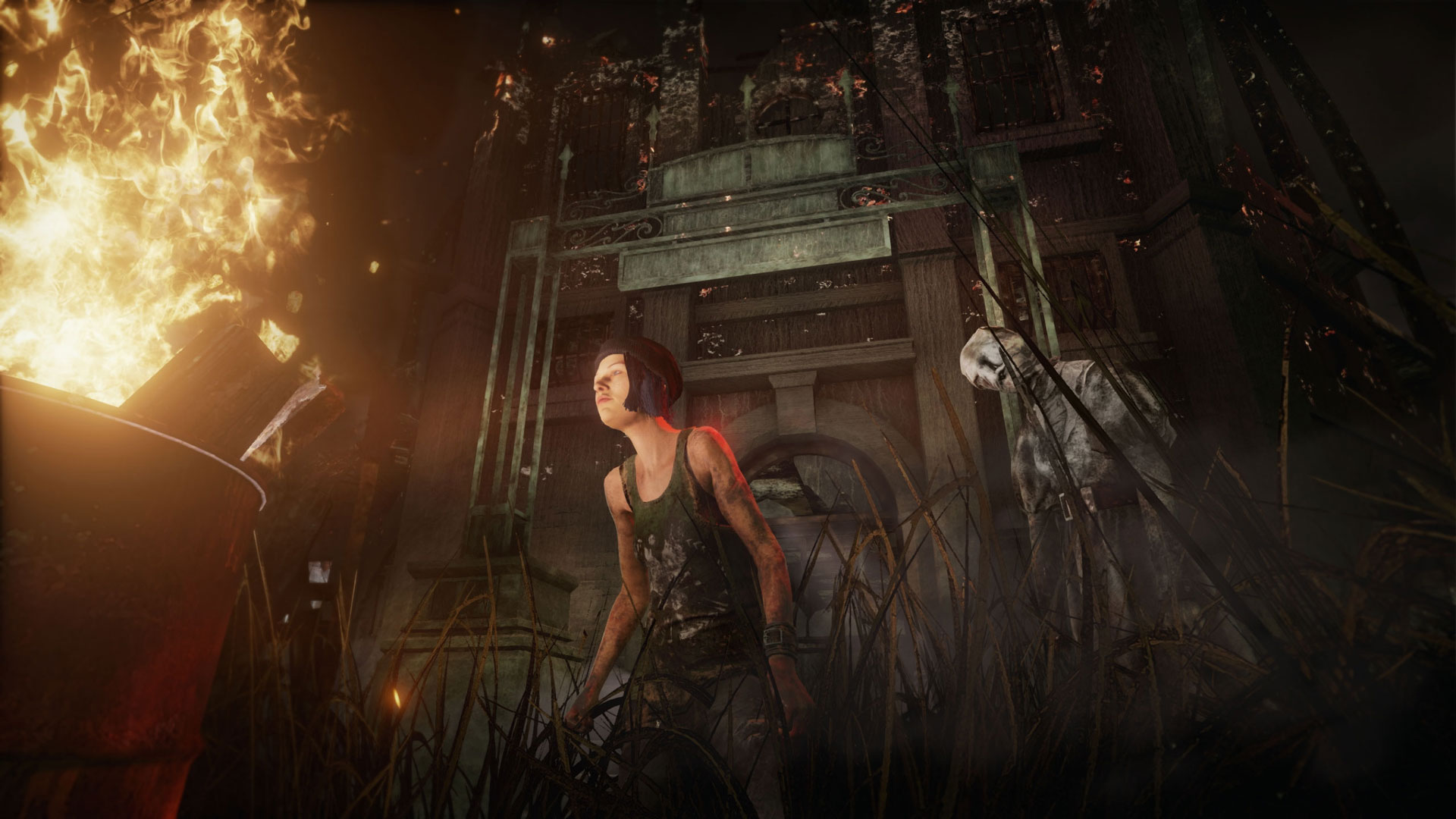
The motto of Behaviour Digital is 'remarkable games we would play our way.' We want to make games that we want to play, as gamers. I guess that's the goal for any passionate game developer. We want to make them our way. Right now we've been able to do so, and it's great to be in a context where we're not only allowed to do it, but rewarded for doing so. So far, we're given a lot of leeway, and it's amazing.
Dead By Daylight has proven that it's here to stay. It's just starting. Our fans are spread across the globe pretty much everywhere. [PlayStation 4] now, in Japan, is so huge. We were already huge on PC in Japan. Who knew Japanese players had PCs? Right now it's one of our biggest playerbases on PC, in Japan.
What's the most remote or surprising country you've seen someone play from? Like, The Vatican?
In Steam you can see the copies sold per country, and literally like, Nepal, we sold two copies there. It's probably people with a VPN or something, but it's still funny to look at the map.
Mostly it's Thailand, it's really really big, they're avid players and they make a lot of really crazy videos online of dancing around Dead By Daylight stuff. China, Russia, are really big. We're not even technically distributed in China.
The novelty, the fact that you're going to be facing unknown quantities for awhile before you feel comfortable, is actually a benefit. That's the core of the design of Dead By Daylight.
Mathieu Côté
I was having breakfast before the first day of a convention in Shanghai, and I don't speak Chinese, just eating my breakfast, and two guys walk into the restaurant fully decked out in Dead By Daylight sweatshirts and sweatpants. They're obviously knocks-offs, because we don't have that in the store. They had Dead By Daylight shoes, everything. They were superfans and saw me eating there, the one white guy in the corner, and were like 'you're that guy!" and freaked out.
It's so surreal to me, but we see that a lot. It makes me happy, because a lot of the cosplay that we get is from our own original content. Obviously there's some Michael Myers and Freddy Krueger, but the ones we created, the Doctor and the Huntress and the Trapper, I think they're really iconic and people caught on. The survivors are easier to cosplay. But we see a lot of really cool stuff.
For someone who played Dead By Daylight in the first month or two and then moved on, how would you sum up the most significant changes to say 'hey, if you want to come back and try it out, this is what you're going to come back to?'
First of all, it's a much more solid experience. Everything was streamlined, shored up. The flow of the game, the experience, it's much more solid and complete. The options that were missing are there. But the most important thing is, if you played at the launch and start playing now, there are going to be a lot of surprises before you get to the bottom of all the content we've released in the last two years. There are so many new killers, new survivors, new perks, new gameplay mechanics that we came up with.
You're going to have a lot of games where you go 'what the hell is that?' where you have no idea what's coming. There's going to be a lot of that before you've seen everything. We've churned out a lot of content. This last chapter we released was chapter nine. Nine in two years. Each chapter has a new killer, survivor, and a new map. In the meantime we also released a couple other maps, a few single survivors, like Bill from Left4Dead. That was just a free thing we were able to do because Valve said "yeah, sure."
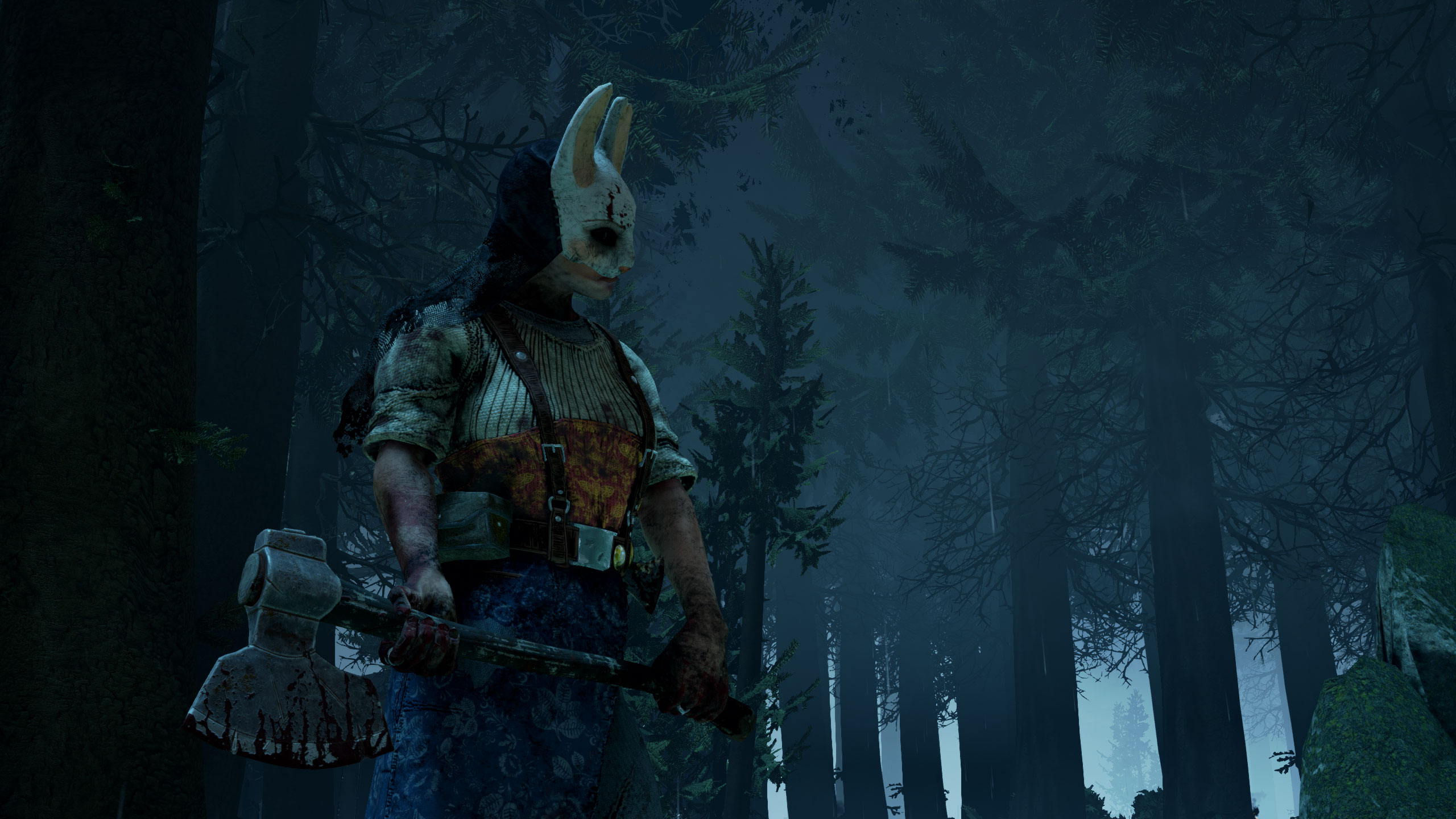
I think one of the challenges of these types of games as their lives go on, is they keep adding complexity and new systems and stuff to do to appease the players who've been playing for years. How do you design for someone picking up the game two years in, and not wanting them to feel overwhelmed by those two years of accumulated features?
That's the edge that we have. Let's say WoW, when they come out with a new expansion. They just deal with the endgame. They're not going to make new beginner zones. It's irrelevant. For us there's no real endgame.
The novelty, the fact that you're going to be facing unknown quantities for awhile before you feel comfortable, is actually a benefit. That's the core of the design of Dead By Daylight, not knowing what you're going to face, where you're going. It's actually a great thing.
If you haven't played for awhile and you come back, you're going to get a huge dose of that uncertainty, the stress and fear of not knowing what's going to happen. You're going to face killers you've never faced. You're not going to know what to expect. You're going to be using powers you have no idea how to counter or play against. If you manage to survive, you're going to feel so clever. That's the whole experience of the game. It's going to be a better experience for people coming back. The basic loop of the game is hide-n-seek. Every kid has played hide-n-seek. And that has not changed. It's still the core loop of the experience.
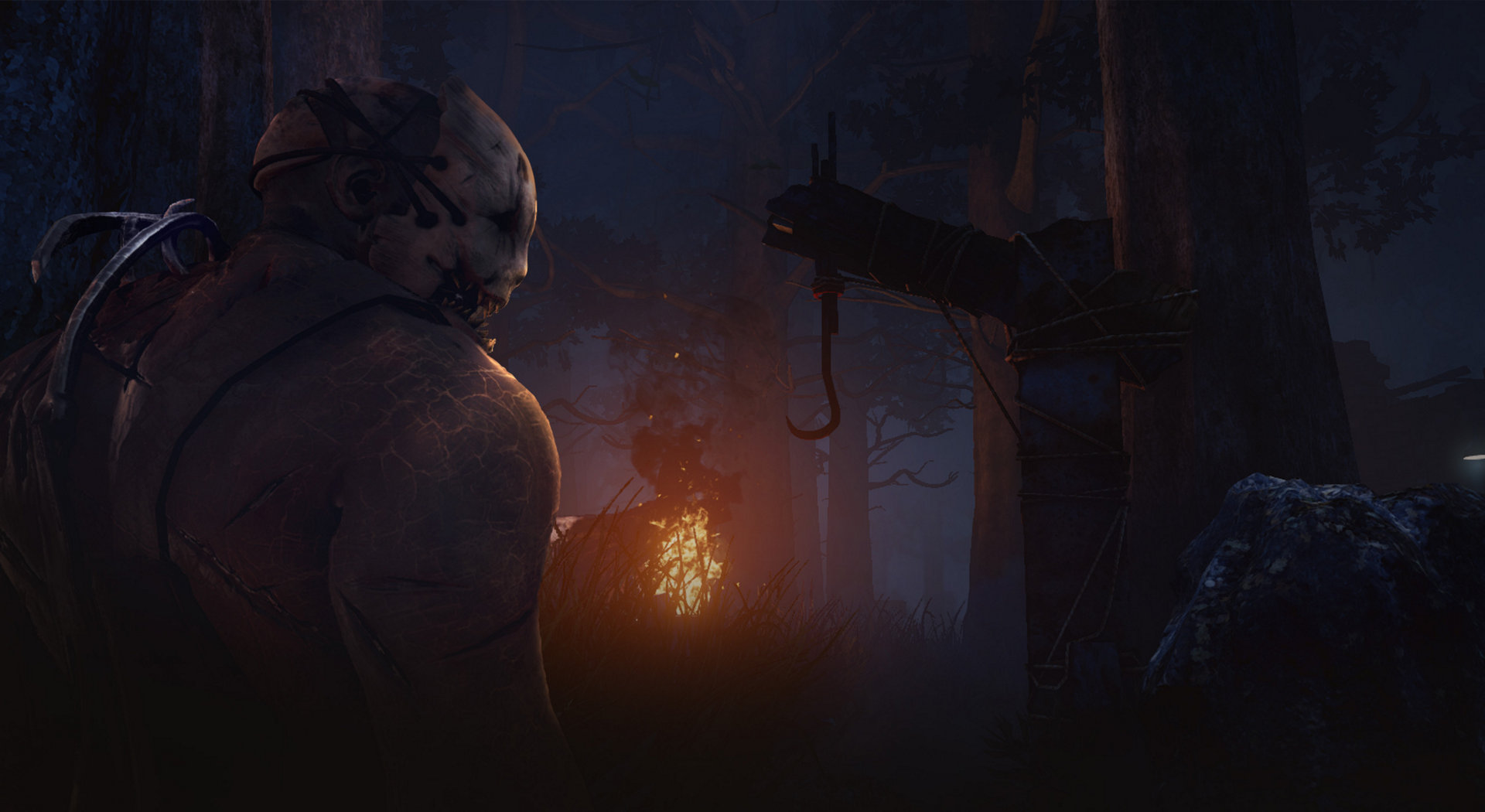
Did you get an influx of players when Friday the 13th, they had to stop development? Lost their license?
At that time, it didn't matter, really. They sold a lot of copies, but as far as I can tell… they didn't have a lot of active players. They just sold a lot of copies. So for us it didn't really matter, didn't really have an impact. It was irrelevant at the time.
To be fair, Dead By Daylight is one of the first asymmetrical multiplayer games that really caught. There are others that tried, to a certain amount of success. Evolve and a few others that tried to do it, successfully or not. But Dead By Daylight really, really worked. I'm not saying we did everything right, but it's a new type of gameplay that hasn't been established, and we're just starting to essentially break ground on it. There's going to be room for a lot of other games, and it's not going to be threatening to see others try different things in that type of gameplay and do things we haven't done, or do things we've done but better.
That's going to be fine, because it's going to make the whole asymmetrical multiplayer experience better in the future. There's room enough for everybody, I think. It's not like we're trying to do another WW2 first-person shooter. Breaking into that is harsh. We're not doing a MOBA. We're doing our own thing, and we've been able to do it in a way that is successful.
There's things that, I'm sure, in 20 years, the asymmetrical multiplayer games that come out will never do it like 'heh, psh, remember [Dead By Daylight]?' and that's fine. We had to do it now, and we're still learning as we're doing it. The others that come up, good luck. It's tough, seriously. Balancing that is an everyday beautiful nightmare. By design you cannot design a game that's asymmetrical, so it's always going to be, is it still fun? Then it's fine.

Wes has been covering games and hardware for more than 10 years, first at tech sites like The Wirecutter and Tested before joining the PC Gamer team in 2014. Wes plays a little bit of everything, but he'll always jump at the chance to cover emulation and Japanese games.
When he's not obsessively optimizing and re-optimizing a tangle of conveyor belts in Satisfactory (it's really becoming a problem), he's probably playing a 20-year-old Final Fantasy or some opaque ASCII roguelike. With a focus on writing and editing features, he seeks out personal stories and in-depth histories from the corners of PC gaming and its niche communities. 50% pizza by volume (deep dish, to be specific).

